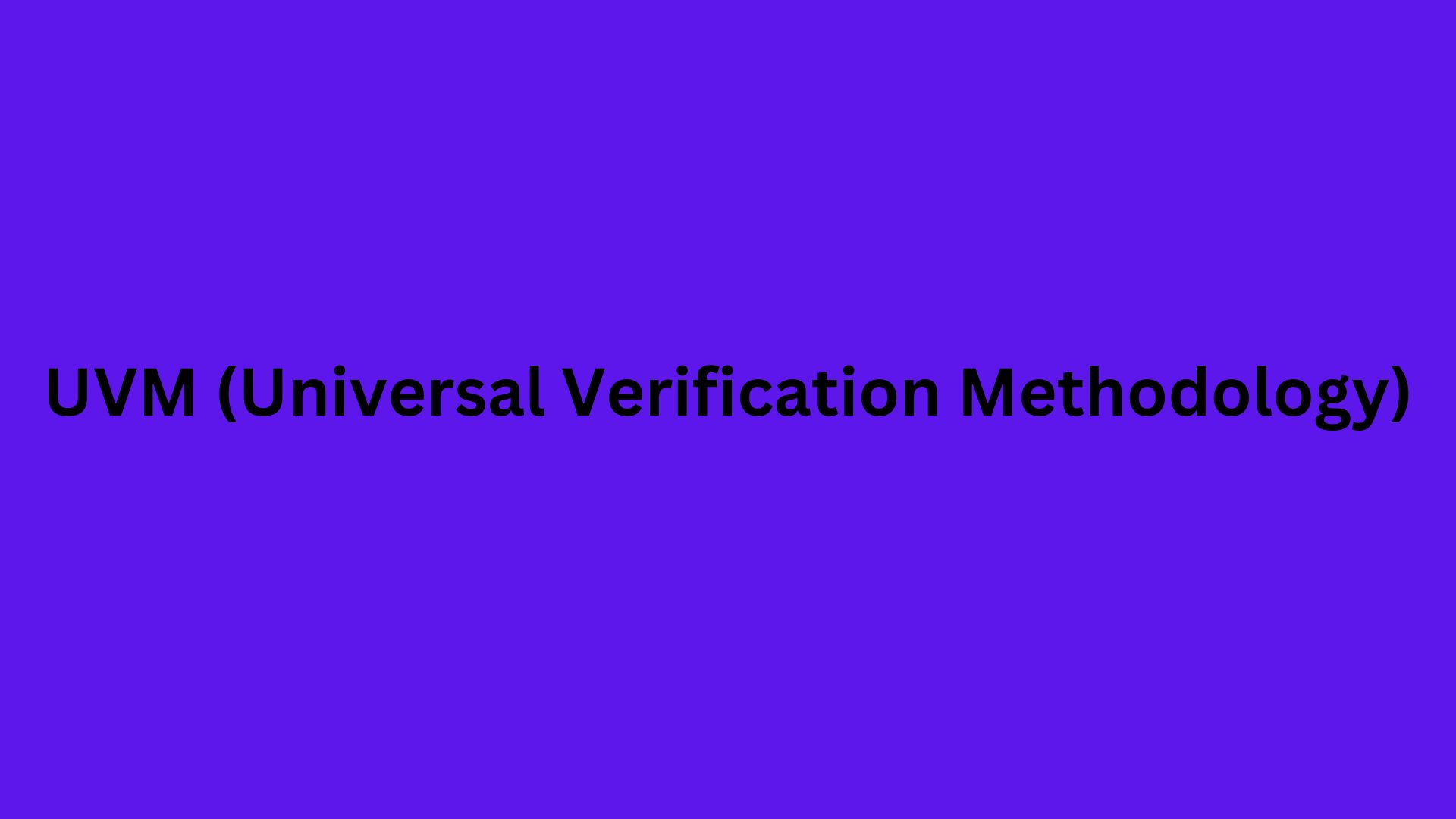UVM (Universal Verification Methodology)
In the context of UVM (Universal Verification Methodology), a sequence item is an object that represents a specific piece of data passed between components within a UVM testbench. These components could include sequences, drivers, monitors, agents, and other elements involved in the verification process.
A sequence item encapsulates data relevant to the verification scenario being executed. This data could represent various aspects of the design under test (DUT), such as input stimuli, transactions, responses, or other information exchanged between different parts of the testbench.

Each sequence item typically consists of fields that describe the data it carries, along with methods that allow manipulation and access to these fields. These fields and methods enable the sequence item to interact with other components in the testbench, facilitating the generation, transmission, and analysis of stimuli and responses during the verification process.
Overall, sequence items play a crucial role in coordinating communication and data exchange between different components of a UVM testbench, helping to orchestrate the verification flow and ensure thorough testing of the DUT